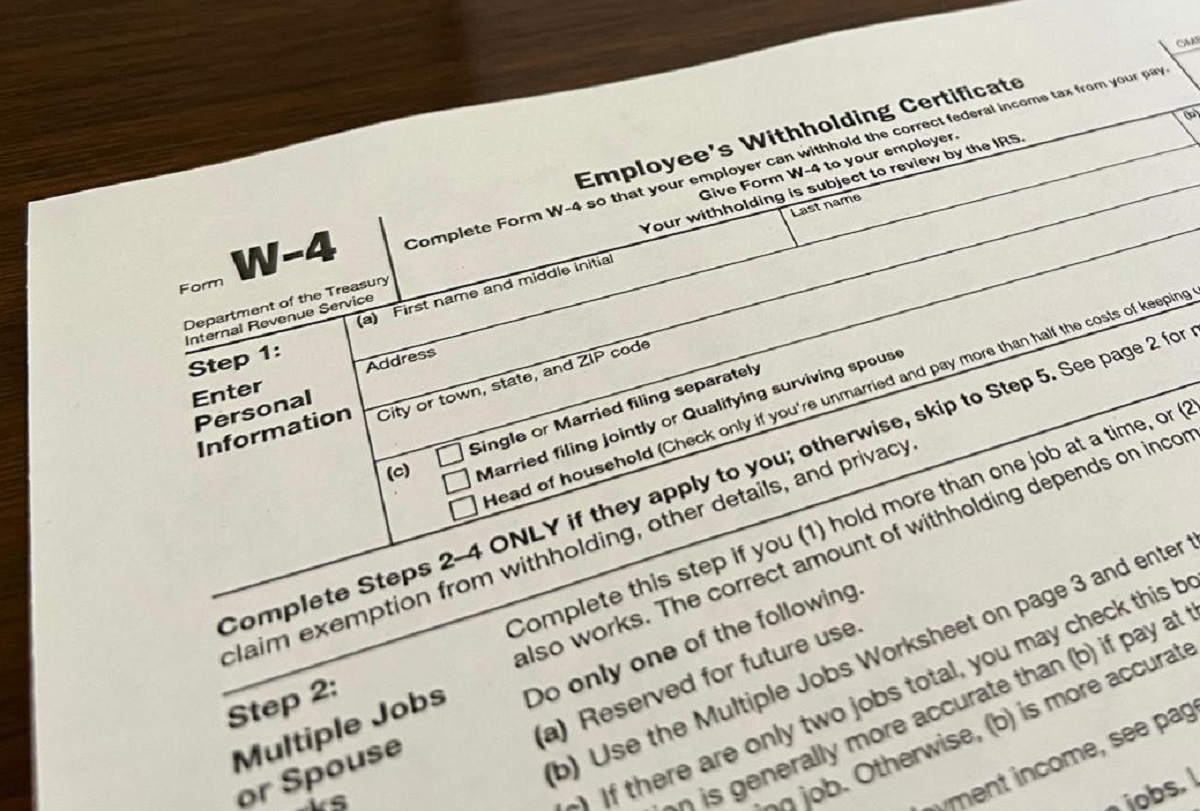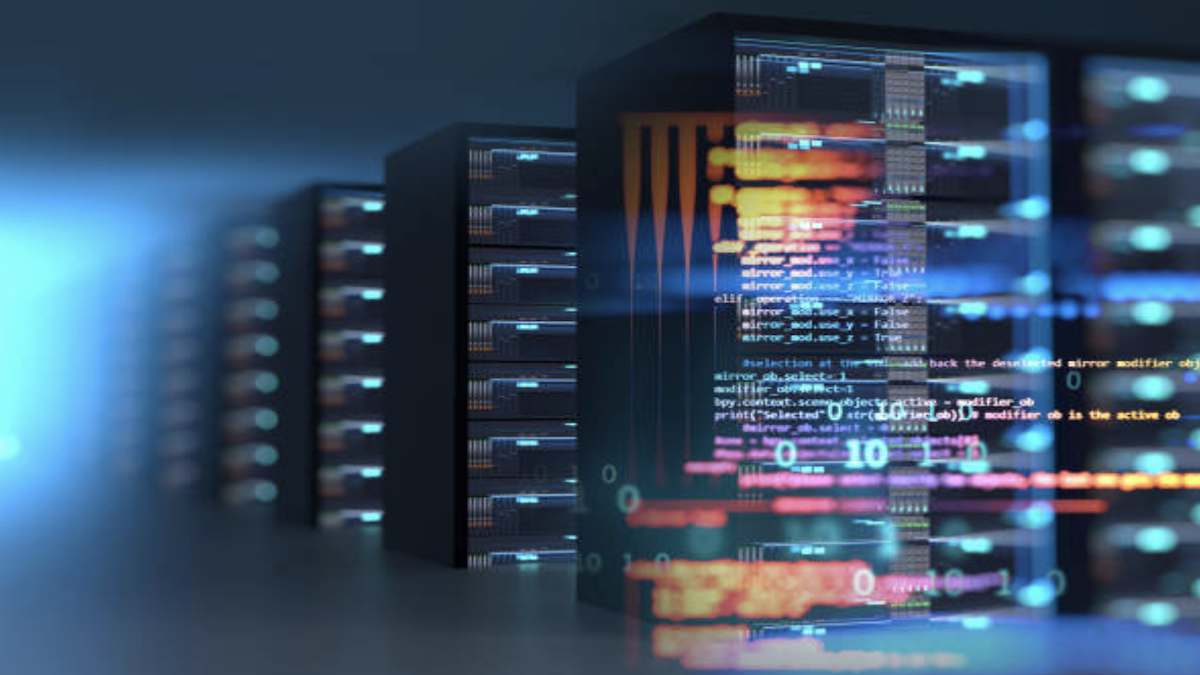The buzz surrounding artificial intelligence (AI) has been deafening over the past few years. What started as an exciting new frontier in technology has evolved into a high-stakes investment game on Wall Street, with tech giants and startups alike scrambling to capture the next big breakthrough. However, as with many technological trends, the excitement is beginning to face its first significant hurdles—and one of the main culprits is the looming uncertainty created by President Donald Trump’s aggressive tariff policies.
AI’s rise was meteoric, fueled by visions of a future where machines could drive everything from automation in manufacturing to personalized healthcare. But despite the billions of dollars invested by major companies, there’s growing concern that AI’s potential is still far from being fully realized—and that’s where tariffs enter the picture.
The AI Hype Cycle: Entering the ‘Trough of Disillusionment’
While AI is undoubtedly transforming industries, the pace of progress has been slower than many investors initially anticipated. For many, the early hype around AI echoed the enthusiasm that surrounded other past technology bubbles, such as the dot-com boom or the rise of collateralized debt obligations. The Gartner Hype Cycle, a well-known framework used to assess the maturity of emerging technologies, suggests that AI may now be entering what is known as the “Trough of Disillusionment”—the phase after inflated expectations give way to reality.
In 2023, the tech sector experienced a downturn, with AI-focused stocks particularly hit hard. The first quarter of this year was especially bruising for tech stocks, as investors began to question the true value of AI products. A lackluster initial public offering (IPO) from CoreWeave, an AI cloud startup backed by Nvidia, sent a ripple through investor confidence. The Nasdaq 100, home to many AI-driven companies, dropped 10.5% year-to-date, far outpacing the broader market.
The AI excitement was not just about potential breakthroughs; it was about tangible profits and immediate returns. Yet, many companies have spent billions developing AI technologies and building expansive data centers without a clear path to monetization. This is where the impact of tariffs and broader economic concerns becomes more evident.
Tariffs: The Unseen Obstacle Slowing AI’s Momentum
While AI companies continue to pour money into their projects, the global economic landscape has shifted dramatically. The introduction of tariffs by the U.S. government—most notably those imposed by President Trump—has raised the cost of doing business for tech companies. Tariffs on imports, particularly in metals and components crucial to building AI infrastructure, have the potential to raise operational costs, making investments in AI less profitable and more risky.
As tech companies navigate these uncertainties, they’re faced with a crucial dilemma: Is it wise to continue investing heavily in AI when broader economic conditions, such as inflation and recession fears, are weighing heavily on the market? The increase in tariffs not only raises consumer prices but also impacts the cost structure of AI firms, slowing down their capacity to grow at the previously expected rate.
The Impact on Investor Sentiment
Investor sentiment has shifted in recent weeks, as concerns about both the AI industry’s long-term viability and the broader economic environment have gained traction. Major players like Microsoft have already made adjustments to their strategies, scaling back data center expansions in response to worries about future demand. Analysts are now questioning whether AI investments will yield the desired returns in a climate of economic uncertainty.
Tariff-induced inflation is contributing to the growing anxiety among investors. The U.S. consumer engine, which has helped power the economy in recent years, is showing signs of strain. With inflation climbing, consumer spending slowing, and the specter of a recession looming, businesses and investors are more cautious about committing to large, speculative projects—AI included.
The Road Ahead for AI
Despite these challenges, the promise of AI is far from gone. Companies have already invested substantial sums into AI, and many believe the technology will continue to play a significant role in reshaping industries. However, the path forward may not be as rapid or as lucrative as originally anticipated. The ongoing tariff uncertainty, combined with the broader economic slowdown, could extend the timeline for AI to reach its full potential.
The AI sector may indeed be facing a “slow leak” of the hype bubble, but the technology’s eventual maturation remains highly likely. As tariffs continue to disrupt the tech supply chain, companies will need to reassess their priorities and timelines. The next few years will likely see more tempered investment and a greater focus on developing AI in a sustainable and economically viable manner.
A Wait-and-See Approach for AI
The AI bubble may not be bursting in a dramatic fashion, but it is certainly losing some of its initial momentum. Investors are becoming more cautious, recognizing the risks posed by tariff-induced price hikes and the uncertain economic landscape. As AI technology evolves, it will take time for the market to adjust to new realities, including the effects of tariffs and a potential recession.
For now, the AI sector finds itself in a holding pattern—investing heavily while waiting for the broader economy to stabilize. As companies recalibrate their expectations and focus on delivering real value, the once-red-hot AI market is transitioning from a speculative investment frenzy to a more measured, long-term approach.
Only time will tell whether AI can overcome these obstacles and deliver on its lofty promises. What is certain, however, is that the combination of tariffs and market uncertainty will continue to shape the trajectory of this transformative technology.




